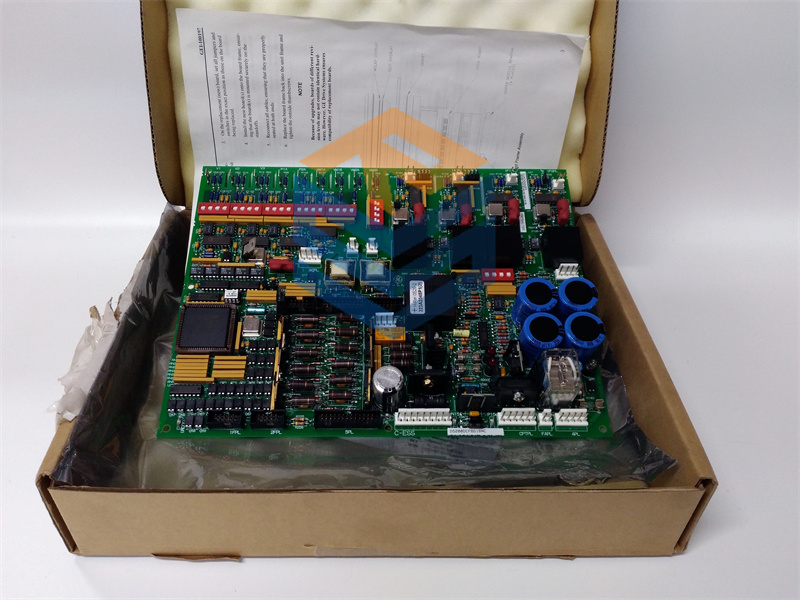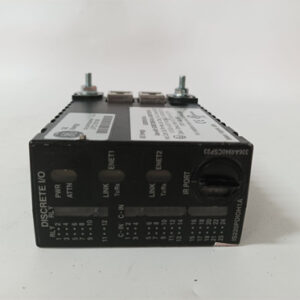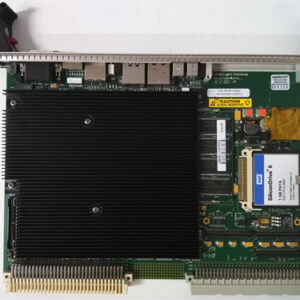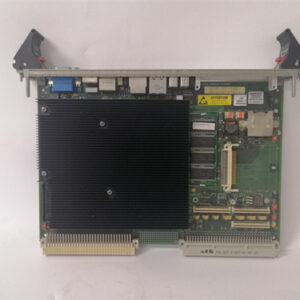الوصف
The GE DS215UCVAG1A is a specialized Unit Controller 2000/VME Board for the GE Mark V series of turbine control systems. As indicated by your description, it is a communication and processing card designed for a specific set of network connections. It is not a standalone computer, but a highly integrated component of a larger control system.
Function and Purpose
The primary function of the DS215UCVAG1A is to serve as a versatile communication hub and processor. It is part of the VME (VERSAmodule Eurocard) rack-based system, which is a common industrial bus standard. Its key roles include:
- Communication Interface: The board provides multiple communication ports to interface with different networks, which is crucial for a complex, plant-wide control system.
- Ethernet (1 port): Allows the control system to connect to plant-wide networks, such as a SCADA (Supervisory Control and Data Acquisition) system, for remote monitoring, data logging, and supervisory control.
- DLAN+ (1 port): This is GE’s proprietary Drive Local Area Network, used for high-speed communication between various modules within the Mark V system, including redundant processors.
- Genius LAN (1 port): A proprietary communication protocol used by GE Fanuc for industrial automation, allowing the board to interface with other Genius-enabled devices.
- Signal Processing: The board is equipped with a processor that handles the real-time processing and communication of data from these various networks.
- System Integration: It is a key part of the overall control architecture, providing the necessary connectivity to integrate the turbine control system with other plant systems.
Technical and Design Features
The DS215UCVAG1A is a robust, industrial-grade circuit board designed for reliability in harsh environments.
- VME Bus: It is a VME board, meaning it plugs into a VME backplane within a control cabinet. As noted in your query, it occupies 2 slots in the VME rack, which is common for multi-functional boards with extensive I/O and connectivity.
- Physical Features: The board is populated with a variety of electronic components, including integrated circuits, connectors, and LED status indicators for on-site diagnostics. It also has configuration switches that are used to set its operating parameters.
- “DS215” Designation: The “DS215” prefix in the part number indicates that it is a 2-series board, which is a later generation of GE’s control cards, signifying it is an updated version of the original DS200 series.
Applications and Importance
The DS215UCVAG1A is a fundamental component of the GE Mark V system, which is widely used in power generation. The ability to have high-speed, reliable communication across different network protocols is what allows the Mark V system to operate with a high degree of precision and fault tolerance. Without this board, the system’s ability to communicate between its redundant cores and to remote operator stations would be severely impaired, potentially leading to a system shutdown.



 +86 15340683922
+86 15340683922 +86 15340683922
+86 15340683922


